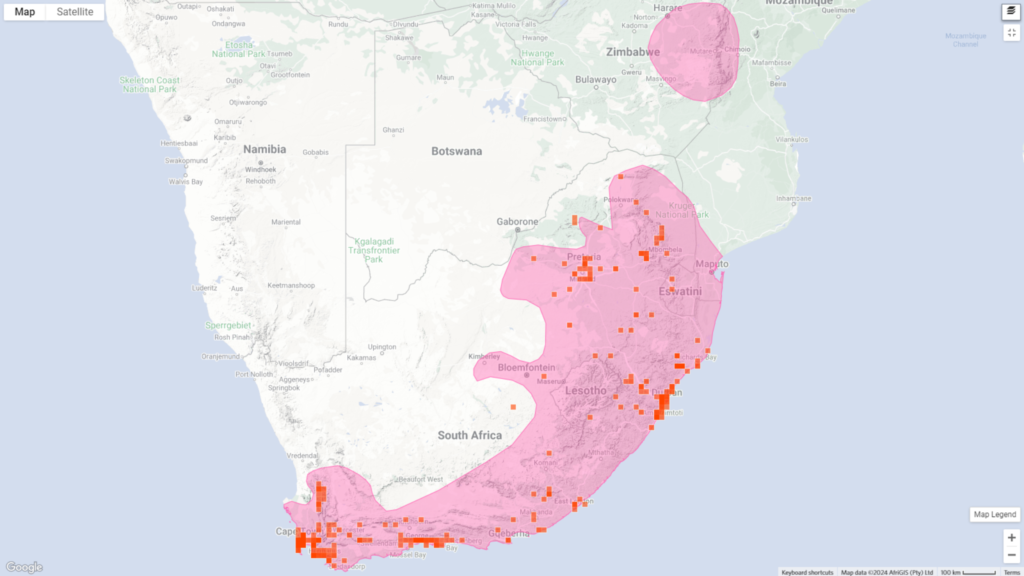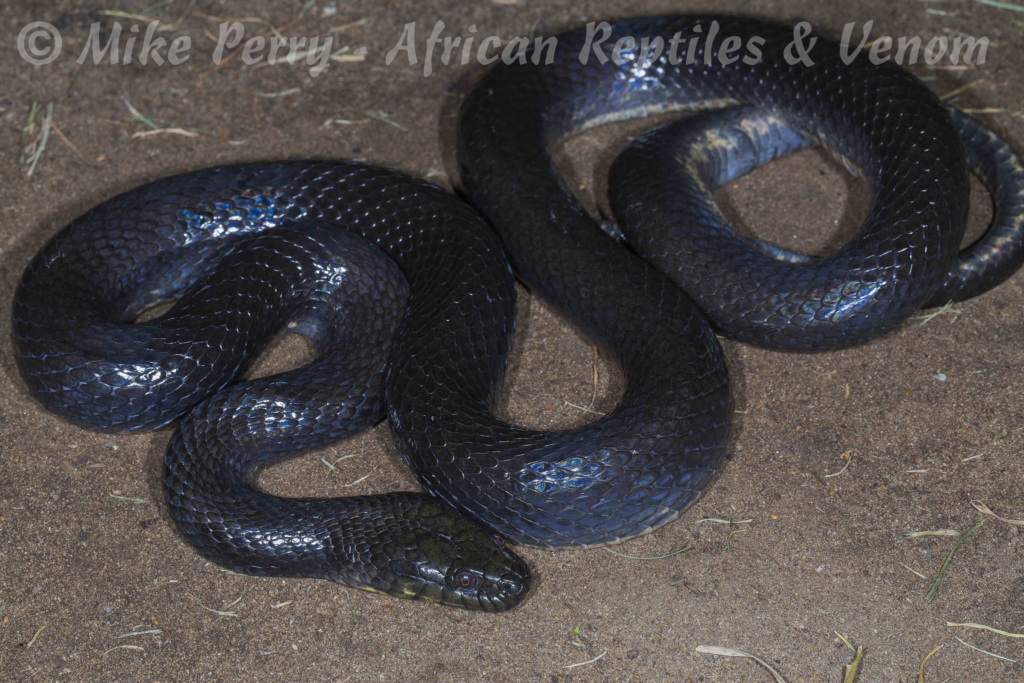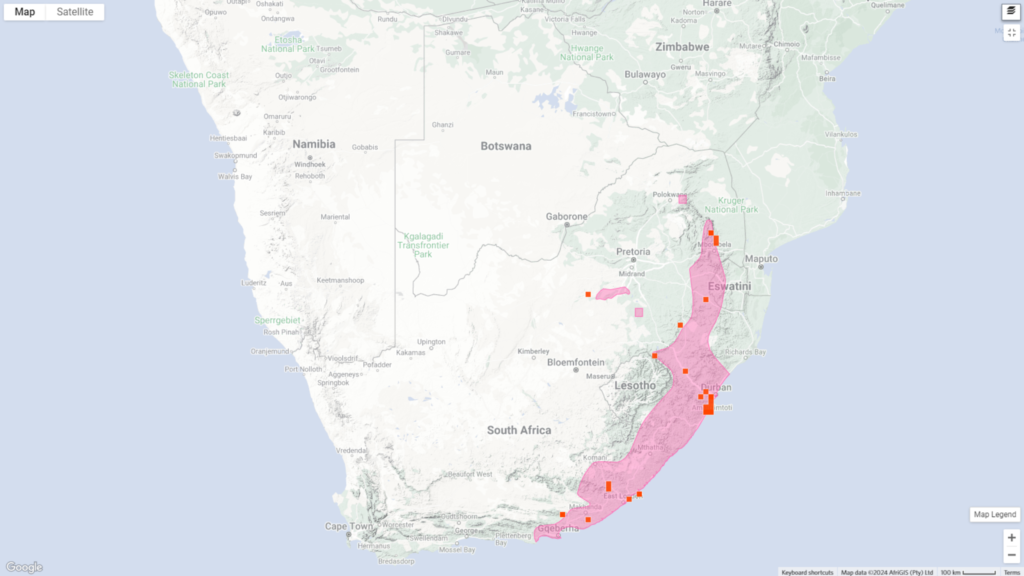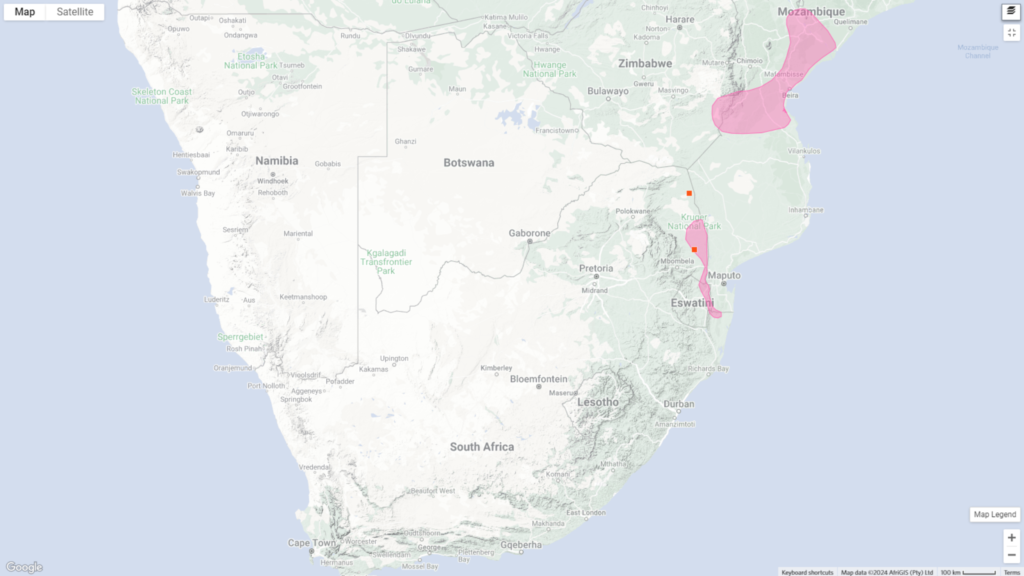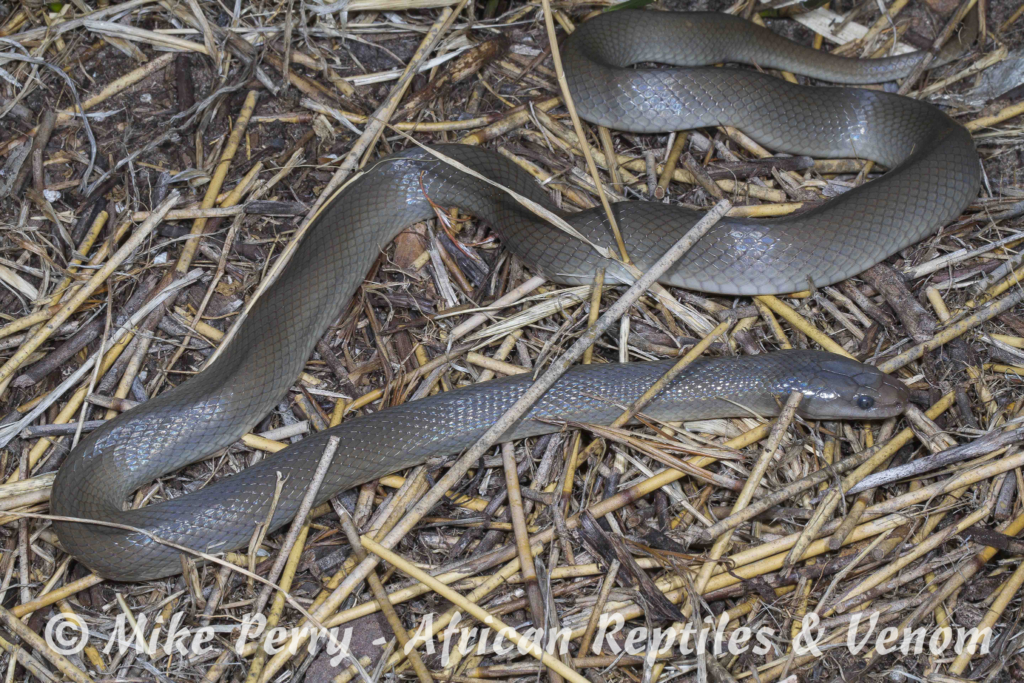IVUZAMANZI: A Mythical Deadly Serpent that Lives in the Water.
An introduction to the harmless water snakes of Southern Africa
Ivuzamanzi is the Zulu name for the Common Brown Water Snake. In Zulu and Xhosa cultures it is traditionally believed that these snakes are evil and dangerous, when in actual fact they are harmless and have no venom.
In South Africa we have 3 types of water snake that spend much of their time in or near streams, rivers, dams and wetlands.
All 3 types of southern African water snake are small. Adult water snakes average around 40 to 80cm, reaching up to 1.2 meters. They are adapted to aquatic habitats and mostly associated with rivers, streams and dams within a variety of environments ranging from highveld grasslands, mountain valleys, coastal regions, forests, fynbos, savanna, succulent-karoo & nama-karoo.
They are excellent fish and frog hunters and will seek out fish and frogs in water, as well as hunt for frogs in waterside vegetation. They will often lie underwater, submerged for long periods waiting for prey items to pass by.
All water snakes are oviparous (egg-laying) with gestation and incubation taking around 60 days each.
Common Brown Water Snake
Latin: Lycodonomorphus rufulus
Xhosa – lzilenzi
Zulu – Ivuzamanzi elimdubu
The Brown Water Snake is common and widespread over the temperate southern and eastern parts of Southern Africa. This species is generally absent from the Northern Cape and the Limpopo Valley. There is a disjunct population in eastern Zimbabwe and adjacent Mozambique.
Grows to about 80 cm in length. The colour above can be brown, olive-brown or olive-green. The belly is usually a pink or salmon colour but sometimes yellow or white.
Found mostly in or near rivers, dams, ponds, wetlands and other bodies of water.
Black Water Snake
Latin: Lycodonomorphus laevissimus
Xhosa – Inyushu emdaka
Zulu – Ivusamanzi limnyama
The Black Water Snake, also known as a “Dusky-bellied water snake” is a more eastern species occurring from eastward from around Jeffrey’s Bay in the Eastern Cape, through most of Kwazulu-Natal and lowveld parts of Mpumulanga and western Eswatini/Swaziland. There is an isolated population of black water snakes around the Vaal River region with records from Vereeniging, Potchefstroom and Klerksdorp.
Up to 1 meter in length. Above dark olive-grey, brown-black or black. The belly is yellow, orange-yellow or cream. The belly often has a diffuse central dark band that can vary in opacity and thickness.
Associated with well-wooden or grassland streams and rivers.
Floodplain Water Snake
Latin: Lycodonomorphus obscuriventris
Xhosa – Unknown
Zulu – Unknown
The floodplain water snake, sometimes called “white-lipped water snake” ranges southward from central Mozambique, through south-eastern Zimbabwe and barely entering South Africa where it occurs in the Kruger National Park areas of southern Limpopo and Mpumulanga and extreme north-eastern Kwazulu-Natal adjacent to the Eswatini/Mozambique border. It is known from the eastern parts of Eswatini/Swaziland.
Grows up to 80cm in length. Above dark olive, dark brown or blackish in color. The upper lip is distinctly pale yellow or white. The belly color is yellow to orange-yellow with a darker tail. The belly sometimes has faint mottling.
The floodplain water snake is associated with floodplains and swampy areas.
Map imagery taken from iNaturalist. Available from https://www.inaturalist.org. Accessed February 2024.
Footnote
Another species in this group is called the Olive Snake or Olive Ground Snake. We do not offically include it here as it is not as heavily associated with water as the other 3 types of ‘water’ snake already mentioned. This snake was previously called an Olive House Snake and was formerly known as a type of ‘house snake’. Recently it was found to be genetically closer to Water Snakes (Lycodonomorphus) than it is to House Snakes (Boaedon/Lamprophis). The Olive Ground snake may appear slightly similar to water snakes, but it prefers habitats outside of water bodies. It can be found over most of the higher rainfall eastern parts of South Africa.


